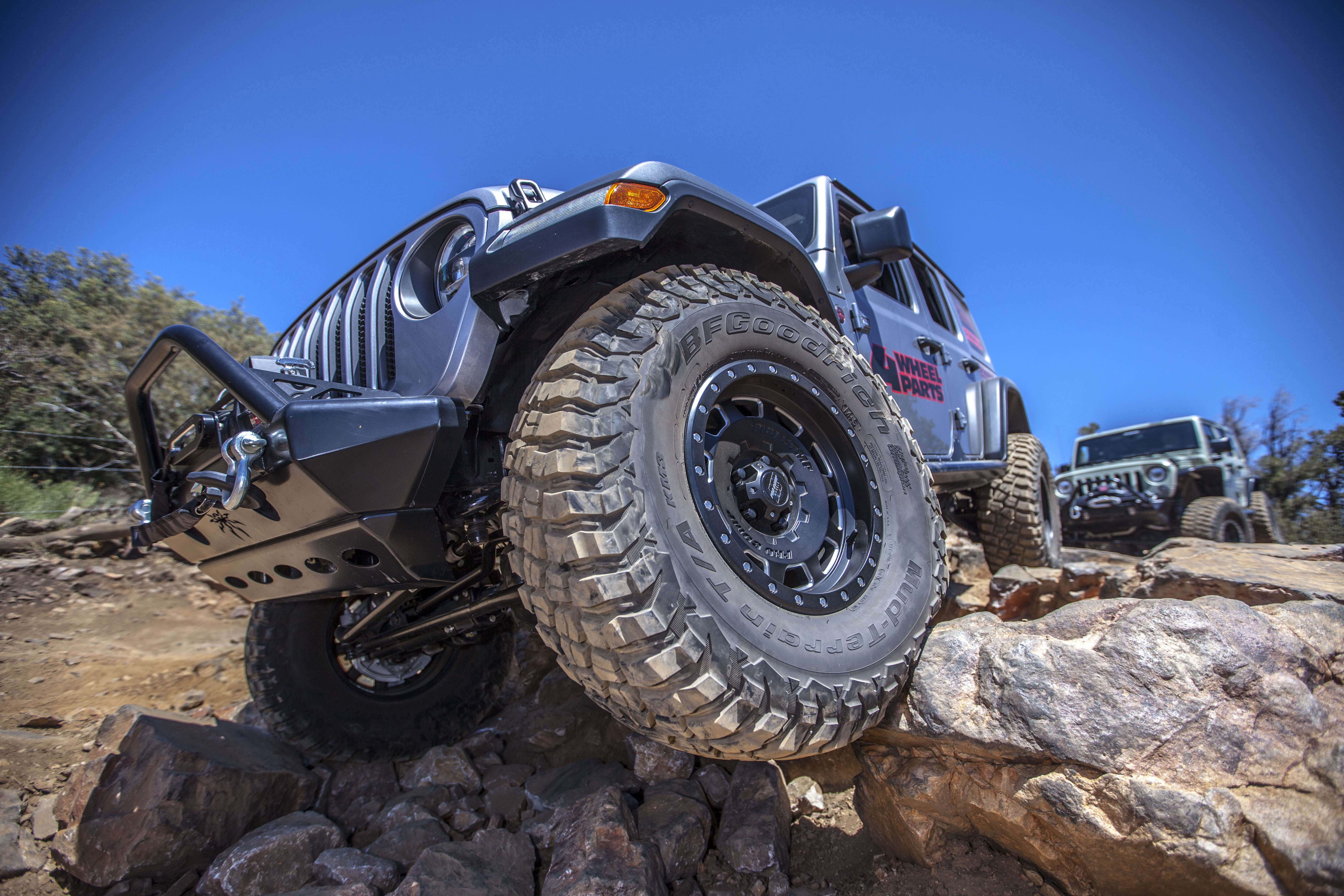
There is an influx of questionable new tires on the market. Many are from manufacturers we’ve never heard of before. Most are overseas tires that any company can just put their name on. “Development” of those tires basically consists of picking whatever tread pattern looks best and coming up with a cool name for it.
Any legit tire company can attest that development of a tire is a long and arduous process. It requires lots of engineering prowess and is cash-intensive. There is nothing quick or easy about tire development. Lots of testing must be executed to ensure a new tire performs. Usually, several different tread patterns are tested extensively to see which one works the best. Engineers have to be up to date on the latest rubber compounds and technology. It all has to come together to create a tire that is better than previous versions. If you are starting with a great tire to begin with, that can be a tall task.
One tire company that is intimately familiar with the development process is BFGoodrich. In 1980, BFGoodrich introduced the original Mud-Terrain T/A tire. In a sea of ill-tempered bias ply tires, the Mud-Terrain T/A was a first. It was an aggressive enough tire for the trail with its open voids and deep lugs, but it was also a radial tire. What was the big deal about that? At the time, the huge majority of tires on the trail were bias ply. While their tough sidewalls were great on the trail, their bias ply construction made them ride rough and vibrate on the highway. The radial construction of the original BFGoodrich Mud-Terrain changed all that. You could now have an aggressive tire for that trail with good street manners. BFGoodrich continued to push the envelope and introduced a massive (for the times) 35-inch-tall version of the Mud-Terrain in 1984.
The bias-ply versus radial tire debate raged on in the early 1980s and was as intense as the battle between Hulk Hogan and Randy “Macho Man” Savage. More companies followed BFGoodrich down the radial tire path. Indeed, some of those earlier efforts weren’t as stout as bias-ply tires, but manufacturers did their homework and greatly improved upon the puncture resistance of radial tires, quickly catching up to or surpassing bias ply tires.
Among those manufacturers was BFGoodrich. It developed its original Mud-Terrain over the years, releasing three different versions of it. Then in 2007, it released the all-new Mud-Terrain KM2. It brought on a host of advancements and the KM2 soldiered on largely unchanged for over a decade. But 2007 was a long time ago in terms of technology. To put it in perspective, Steve Jobs walked out onto stage and introduced the world to the original iPhone that same year. Obviously, a lot has changed since then in any form of technology – including tires.
With the KM2 getting long in the tooth, and technology developing at light speed, BFGoodrich knew that it had to keep up. But the company didn’t want to rush a tire to market. If it was going to replace the KM2, it had to be with something better. So BFGoodrich spent the last six years developing the next-generation KM3. A lot of time and effort has gone into the new BFGoodrich Mud-Terrain KM3. Let’s take a look at it.
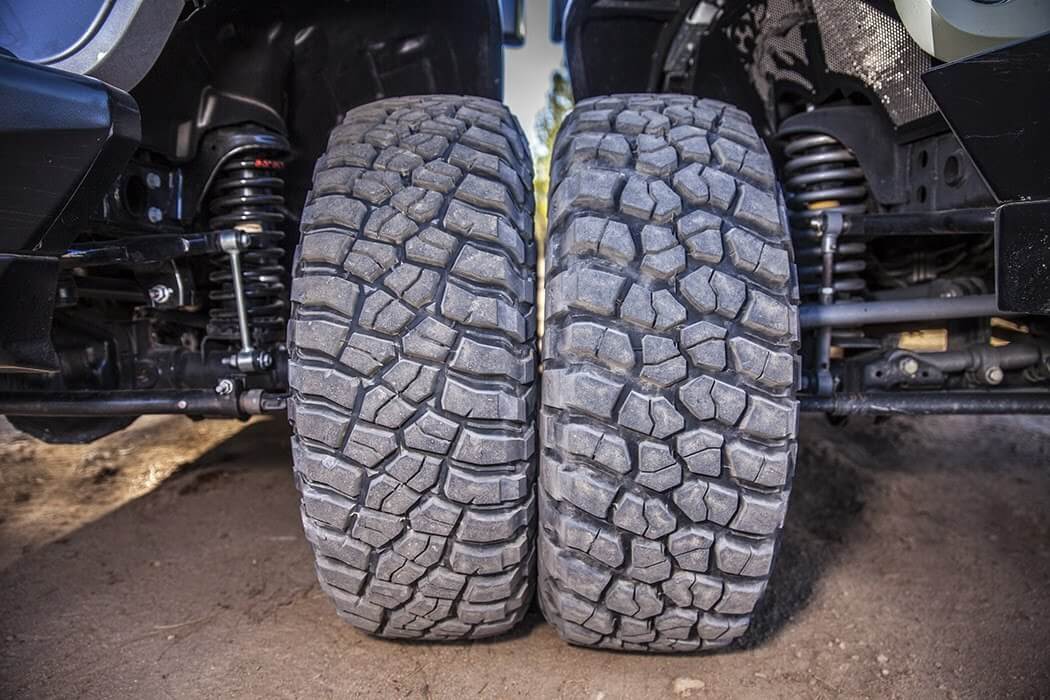
The BFGoodrich Mud-Terrain KM3 (on the left) might look similar to the KM2, but there are differences. Probably the most notable is the KM3 has slightly smaller void areas compared to the KM2. But since the KM2’s introduction in 2007 there has been several advancements in rubber compounds and tire design. BFGoodrich has learned plenty through its heavy involvement in off-road racing. All the data gained in competition was incorporated into the new KM3.
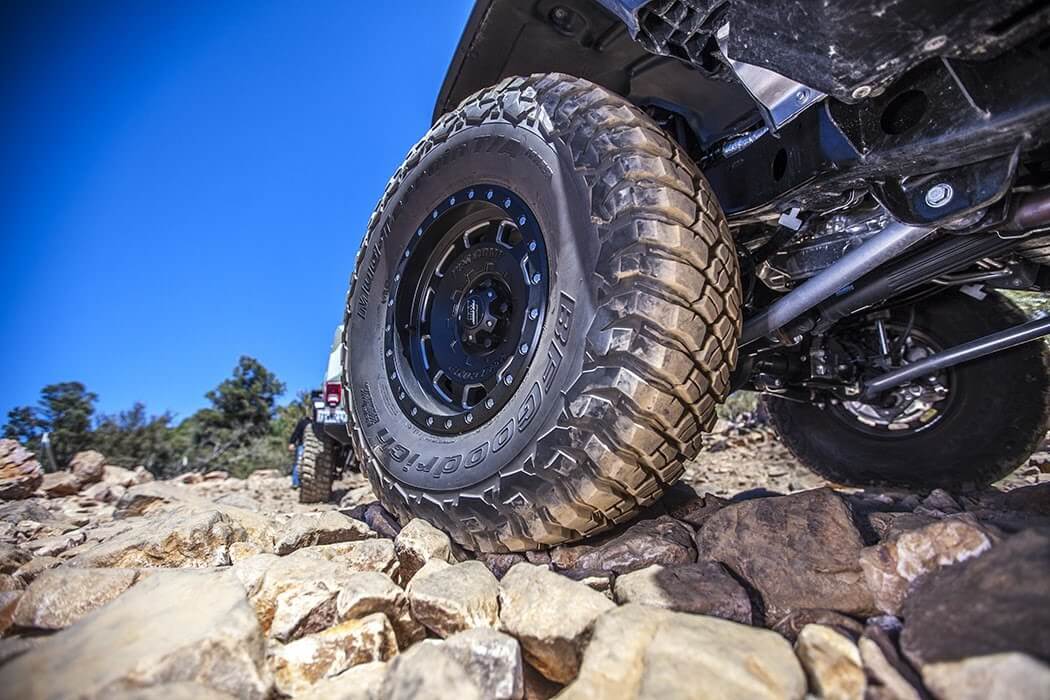
One of the biggest advancements is with the sidewall of the KM3. Like the newer K02 All Terrain tire, the KM3 uses the CoreGard Max 3-ply sidewall. The CoreGard Max design and rubber compound was originally developed on BFGoodrich’s Baja 1000-winning KR3 race tire. It’s much more resistant to punctures and splitting, giving the KM3 a 27% tougher sidewall compared to the KM2.
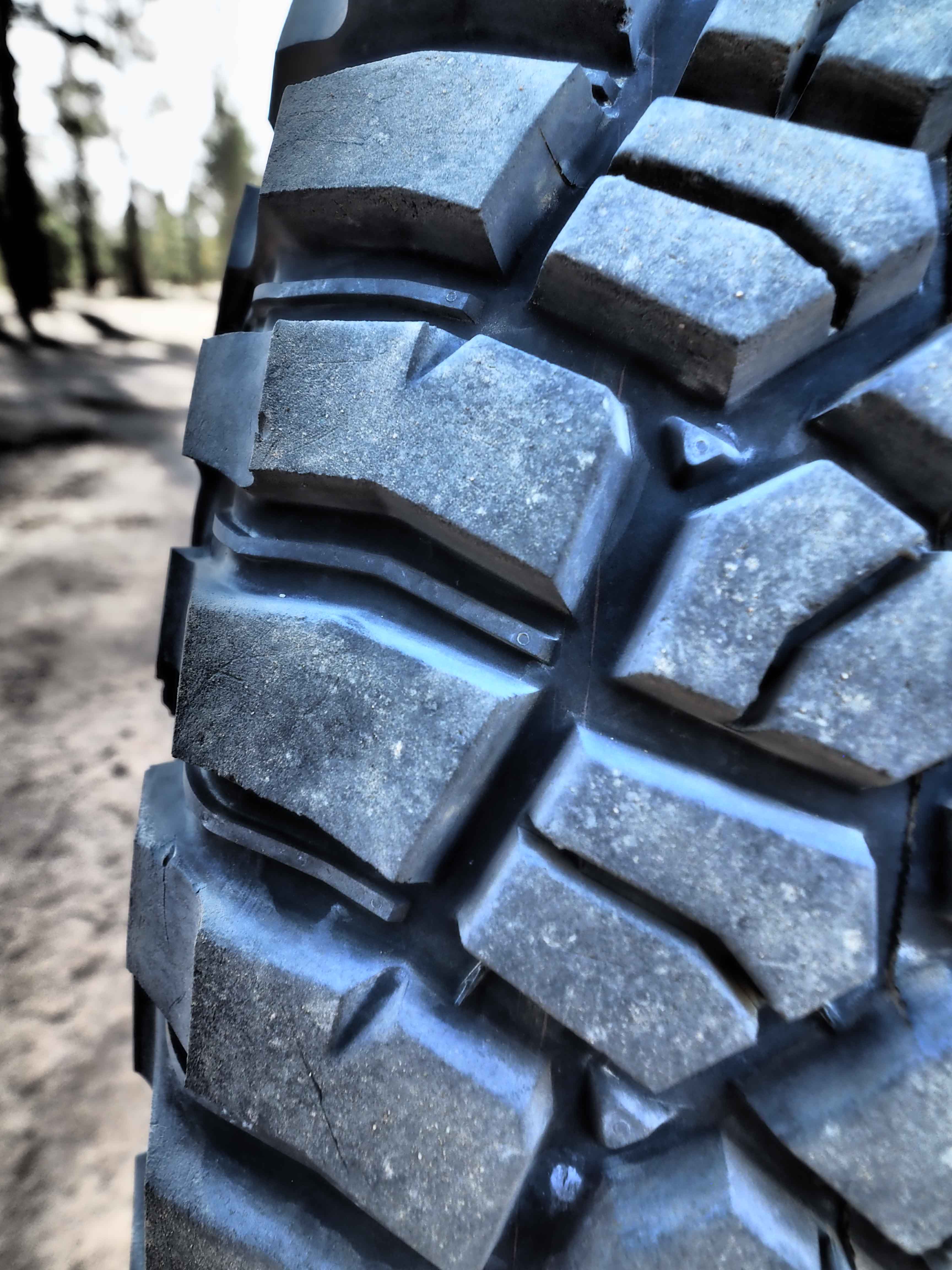
The KM3 uses what are called “mud-phobic” bars in the void areas of the outer tread. A key to mud performance is the tire’s ability to shed mud while spinning, providing clean biting edges. The bars help to keep mud from sticking to the tires and making it easier to eject, providing more forward bite. We took some prototype BFGoodrich KM3s through deep and soupy mud down south, and were impressed with their performance.
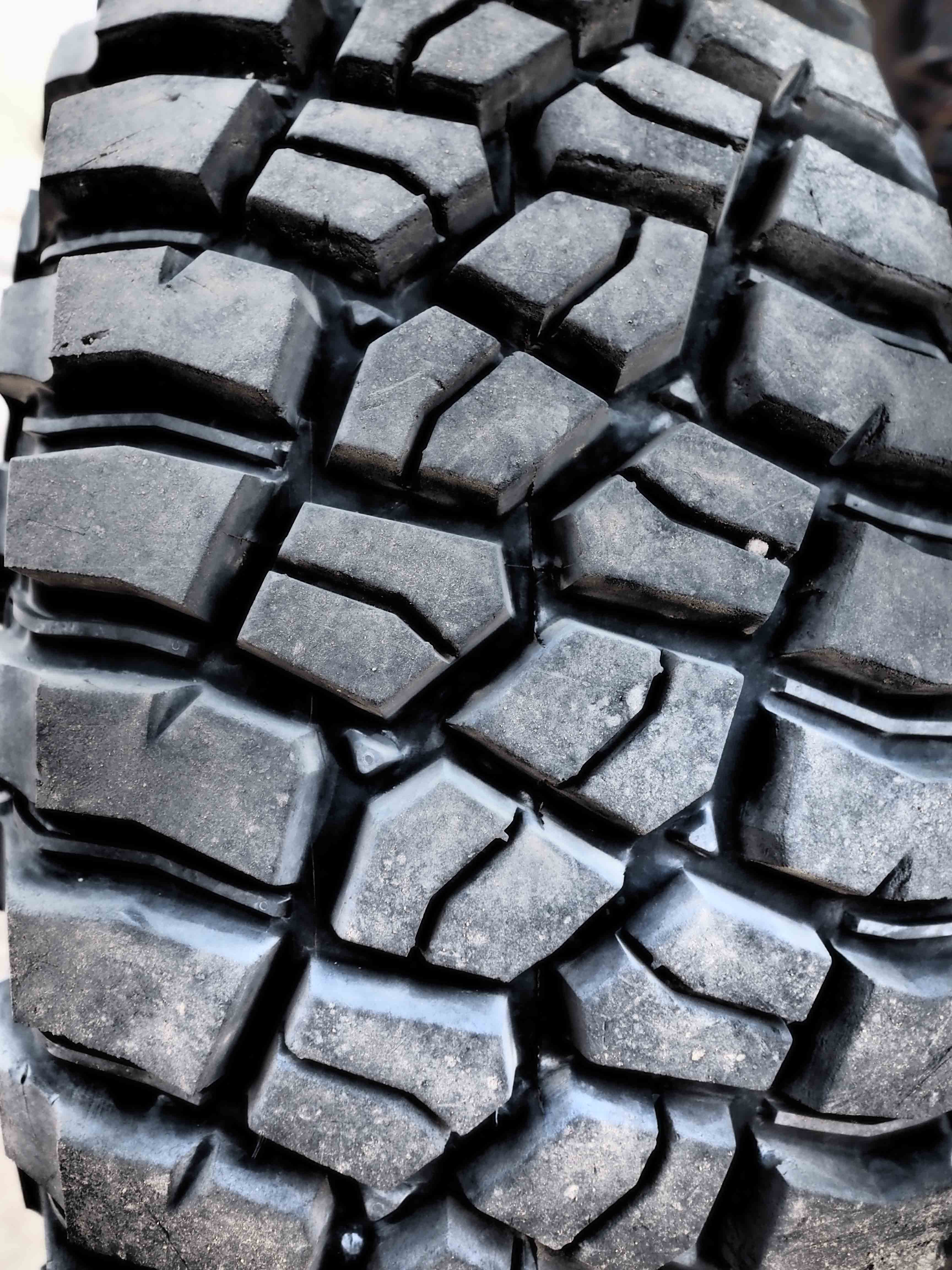
Like most mud tires, the KM3 isn’t heavily siped. It does feature these full-depth sipes that help the larger tread blocks conform to and grip the trail better. However, if you are looking for lots of sipes to help in snow traction and ice, your best bet will be the BFGoodrich KO2, which carries the Three Peak Mountain Snowflake rating. But, if you are looking for a tire that will shed mud and grip on the trail, the KM3 is a great choice.
Products we used in this article
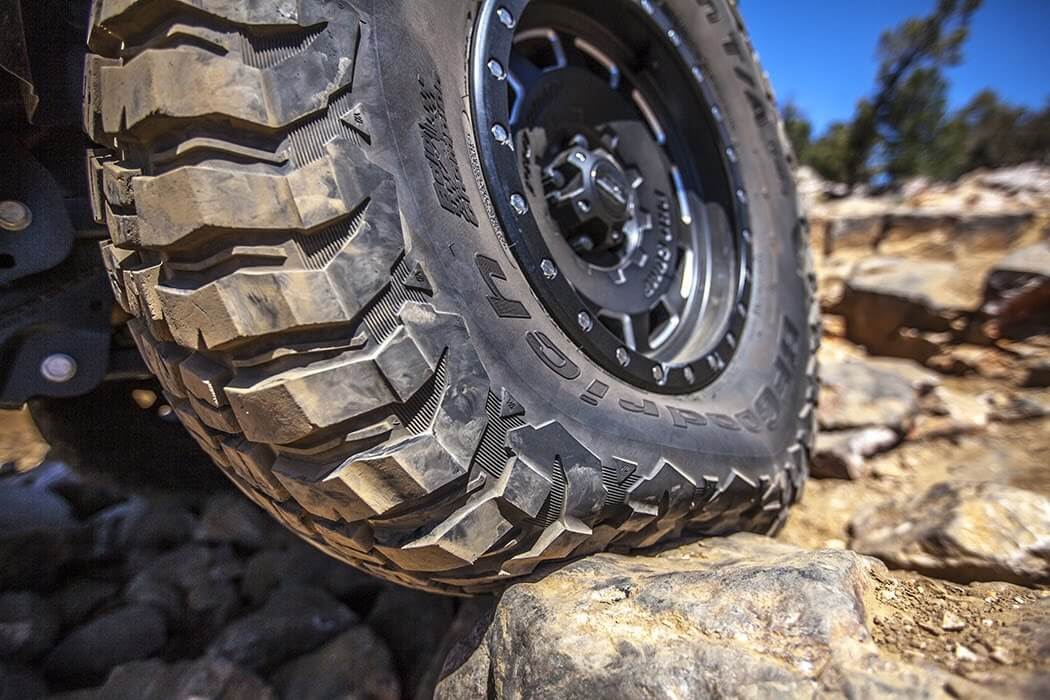
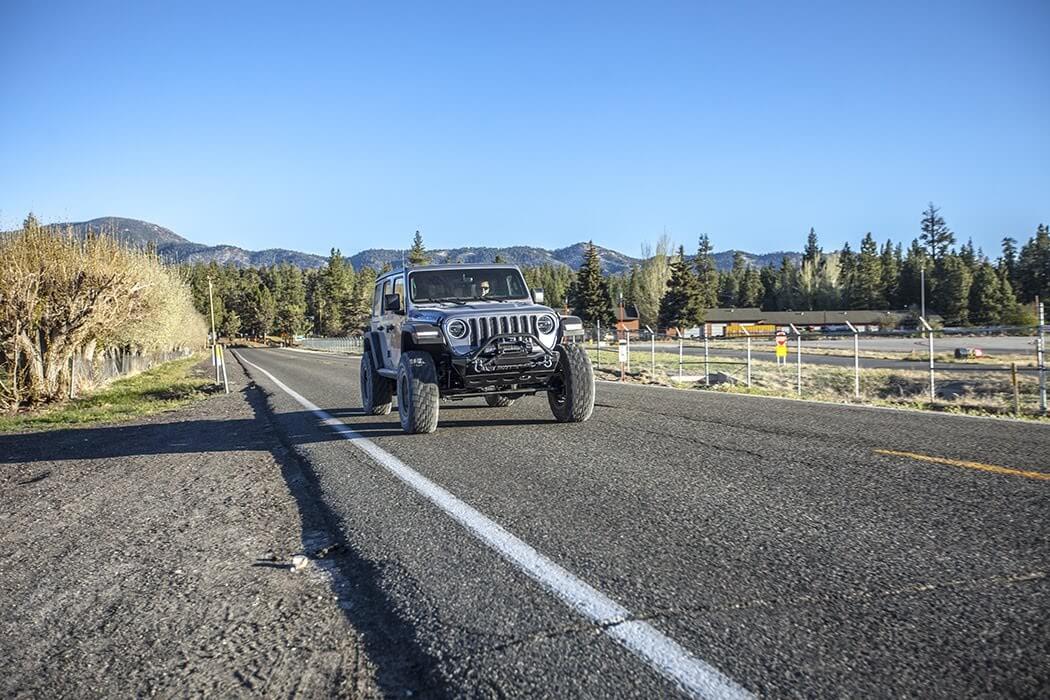
An immediately noticeable difference was that the KM3 is quieter on the highway than the KM2. The older tire always seemed to develop a distinct whine at higher speeds. In contrast, the KM3 is fairly quiet for being a mud tire. It strikes a nice balance between being aggressive enough for the trail without making you go deaf and having great road manners.
BFGoodrich’s teaser video:
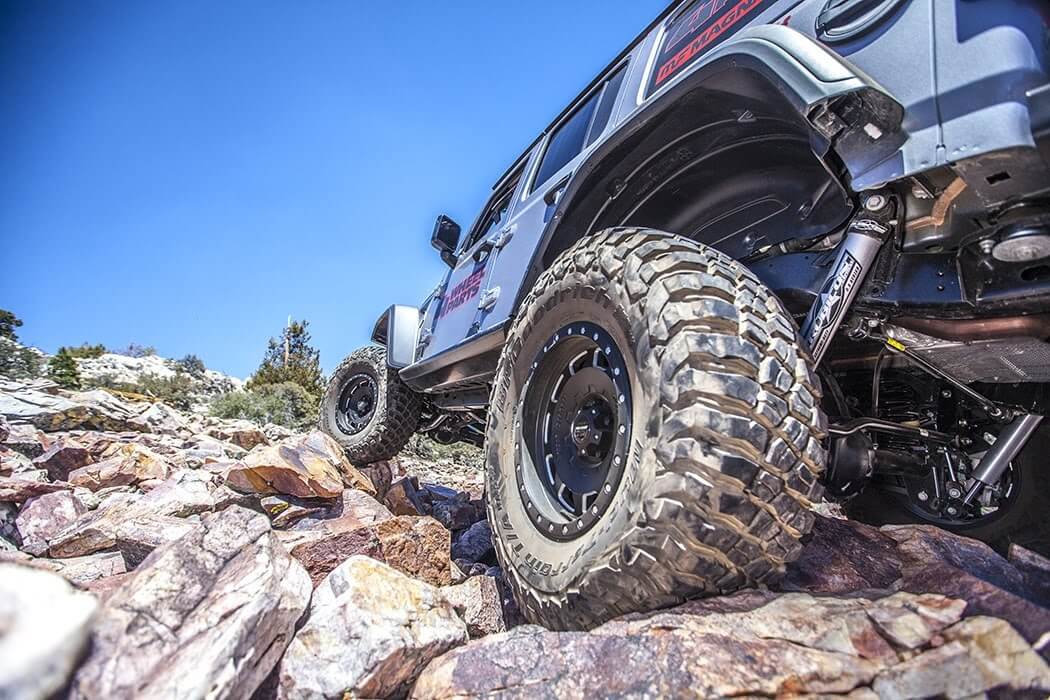



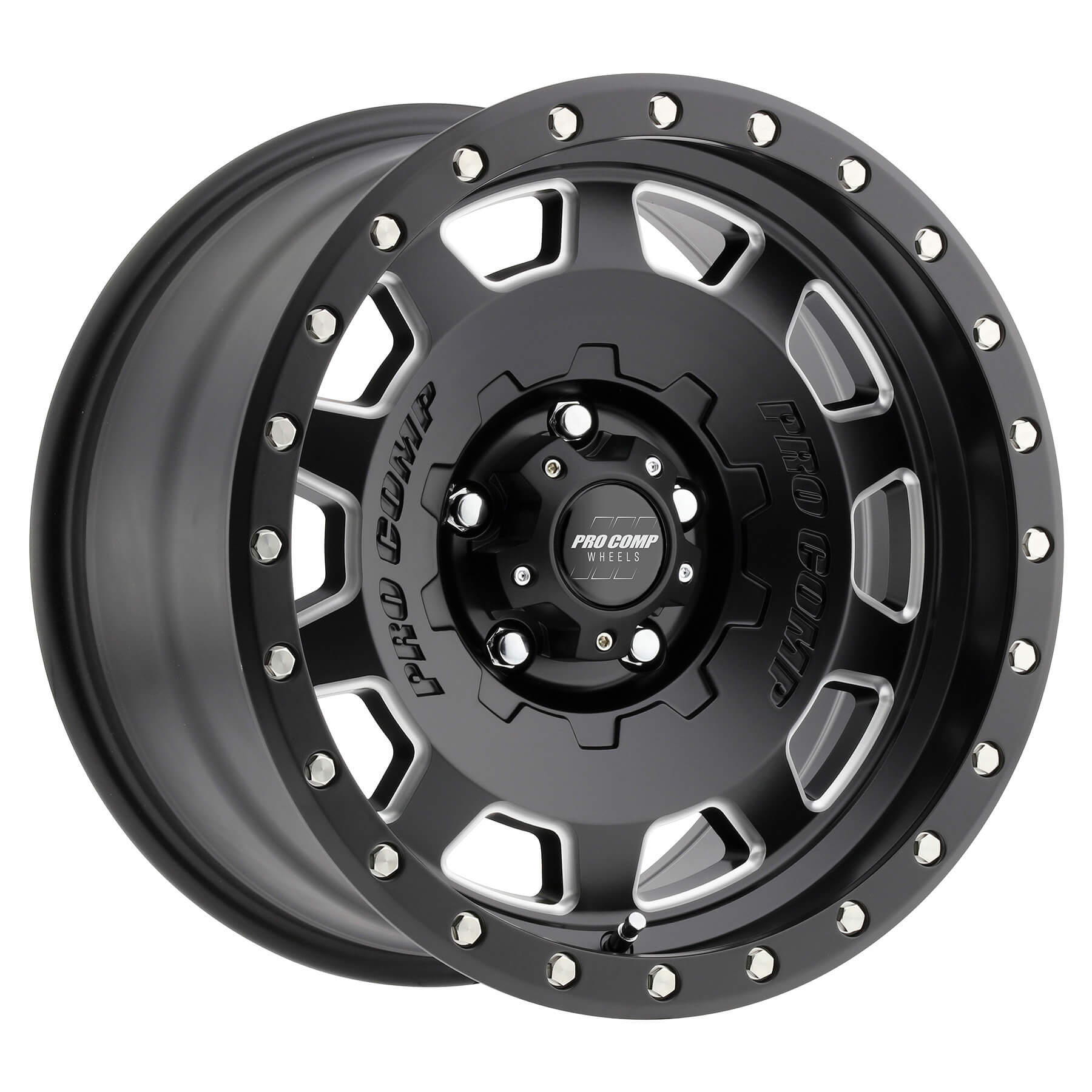

2